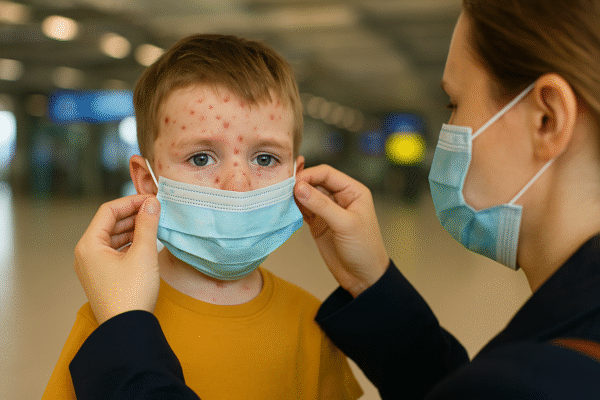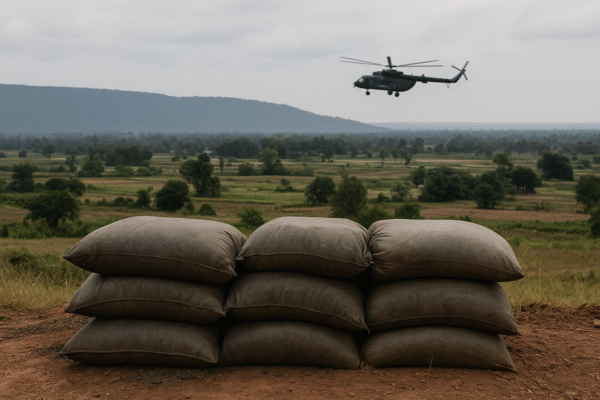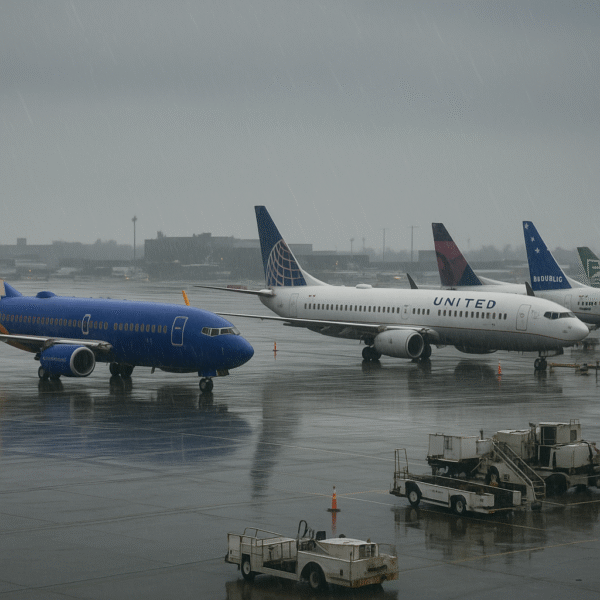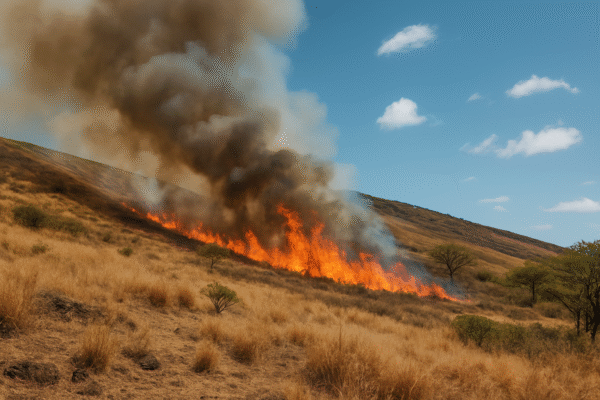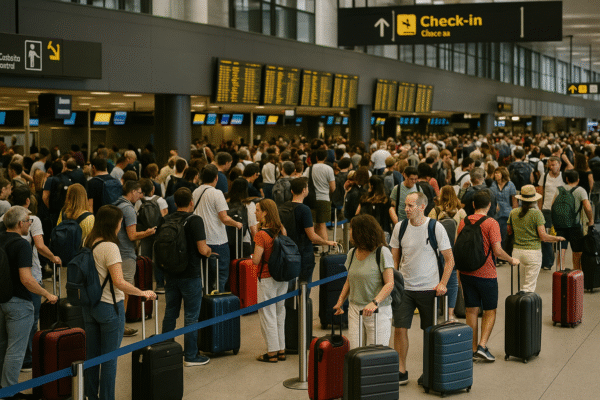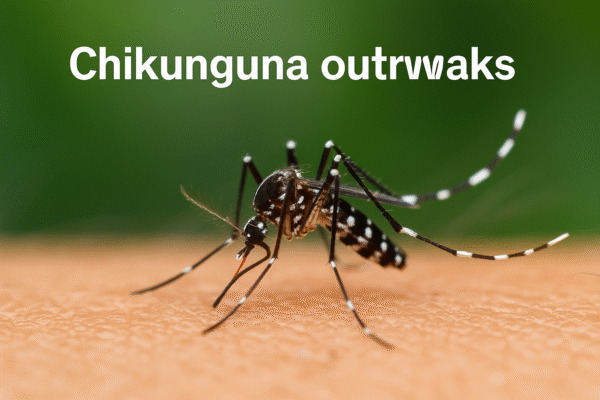As global travel rebounds in 2025, health officials are warning international tourists of a troubling spike in chikungunya outbreaks, a mosquito-borne virus spreading across multiple continents, including Europe, Africa, Asia, and South America. The World Health Organization (WHO) and national health ministries have issued public health alerts in response to thousands of new cases across destinations favored by international travelers.
Europe Sees Local Chikungunya Emergence
In Europe, France has confirmed over 30 chikungunya cases this year, including in mainland France and Corsica, according to the European Centre for Disease Prevention and Control (ECDC). Italy has also reported its first locally acquired case in Emilia-Romagna, raising concerns about possible local mosquito transmission during the peak summer season.
While widespread outbreaks have not yet taken root in Europe, public health officials warn that rising temperatures and growing mosquito populations could create favorable conditions for further spread, particularly in Mediterranean coastal regions.
Brazil and South America Report Surging Case Counts
In South America, Brazil continues to be a hotspot for chikungunya transmission, with over 141,000 cases reported in 2025 alone, according to Brazil’s Ministry of Health. Other countries, including Argentina, Bolivia, and Peru, are witnessing localized surges. The increased case load comes amid favorable breeding conditions for Aedes mosquitoes, particularly in urban and semi-rural areas.
African Countries Confront Renewed Chikungunya Activity
Africa is also grappling with chikungunya outbreaks. Kenya, Madagascar, and Somalia have each reported numerous cases in 2025. Poor sanitation, tropical climates, and post-flood conditions in some regions have led to rising mosquito populations and heightened transmission risks.
Travelers heading to East Africa are urged to take mosquito precautions and consult country-specific travel advisories issued by local ministries of health and the WHO’s regional office for Africa.
Asia Faces Endemic Spread in Multiple Nations
In South Asia, chikungunya remains endemic in countries such as India, Sri Lanka, Bangladesh, and Pakistan, with outbreaks recorded across both urban and rural settings. India’s Ministry of Health and Family Welfare has advised travelers to states like Kerala, Maharashtra, and Tamil Nadu to take extra precautions during the monsoon season, when mosquito populations peak.
Recognizing Chikungunya Symptoms
Chikungunya typically causes fever, severe joint pain, muscle pain, headaches, rash, and fatigue. Joint pain is the defining symptom and can persist for weeks or even months. Although the disease rarely leads to death, it can cause serious complications in vulnerable populations including newborns, older adults, and individuals with chronic health conditions.
Unlike COVID-19 or influenza, chikungunya is not spread person-to-person. It is transmitted exclusively through bites from infected Aedes mosquitoes, which are active primarily during daylight hours.
Prevention Is the Best Protection
As there is no antiviral treatment or cure for chikungunya, prevention remains critical. Travelers to affected regions are advised to:
- Apply mosquito repellent with DEET, Picaridin, or IR3535 regularly.
- Wear long-sleeved clothing and trousers, particularly during dawn and dusk.
- Sleep in screened or air-conditioned accommodations.
- Eliminate standing water near homes or lodgings to prevent mosquito breeding.
- Avoid travel to outbreak zones if immunocompromised or traveling with young children.
New Vaccine Option for Travelers
A chikungunya vaccine developed by Valneva, branded as Ixchiq, has been approved in the UK and by the U.S. Food and Drug Administration (FDA) for travelers heading to high-risk areas. However, it is not currently recommended for individuals over 65 due to limited safety data in that age group. The vaccine is administered in a single dose and may take about 10 days to become fully effective.
Global Travel Advisory and Region-Specific Guidance
- France and Italy: While cases remain low, increased mosquito presence in summer months requires vigilance.
- Brazil and Argentina: High case numbers warrant serious precautions; travelers should consult local health advisories.
- India and Sri Lanka: Urban travelers are at risk; insect protection is essential, particularly post-monsoon.
- Kenya and Madagascar: Outbreaks are ongoing; travelers should avoid rural regions experiencing floods or poor sanitation.
The U.S. Centers for Disease Control and Prevention (CDC) and UK Foreign, Commonwealth & Development Office (FCDO) continue to update travel health pages with real-time advisories. Travelers are encouraged to check these resources before departure.
Health Insurance and Medical Access
Tourists heading to outbreak regions should purchase travel insurance that covers mosquito-borne diseases, including access to local hospitals, medications, and emergency evacuation if necessary. Medical care for chikungunya is primarily supportive, involving hydration, rest, and pain relief.
Final Takeaway for Global Travelers
As chikungunya cases rise globally, international travelers should not panic but remain informed and prepared. Routine precautions such as using repellents, wearing protective clothing, and monitoring local health alerts can substantially reduce the risk of infection. Those experiencing symptoms during or after travel to affected areas should seek medical care and inform healthcare providers about recent travel history.
For more travel news like this, keep reading Global Travel Wire




